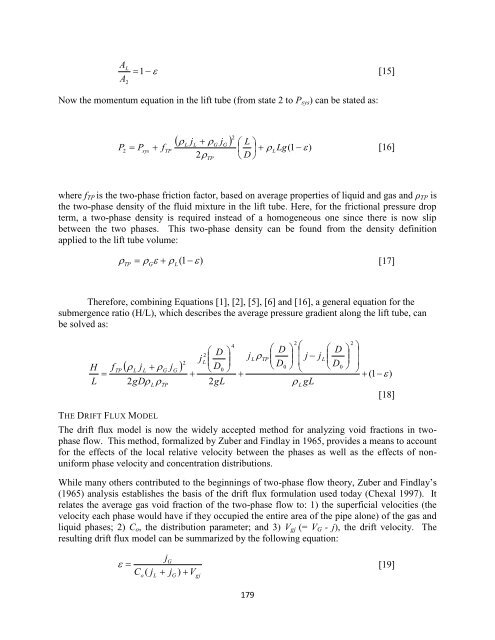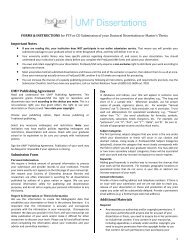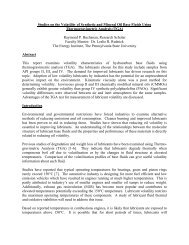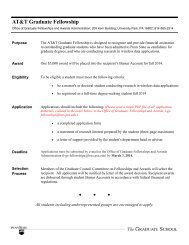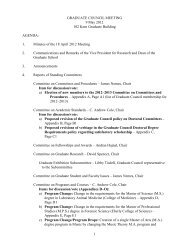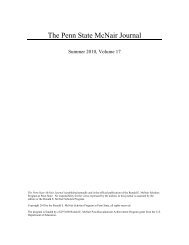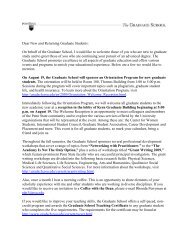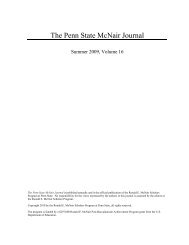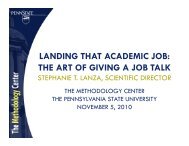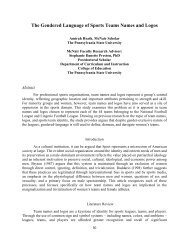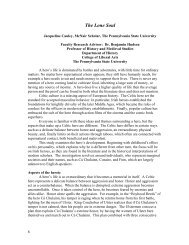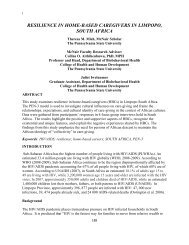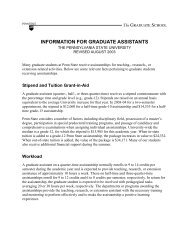bubble pump modeling for solar hot water heater system design
bubble pump modeling for solar hot water heater system design
bubble pump modeling for solar hot water heater system design
Create successful ePaper yourself
Turn your PDF publications into a flip-book with our unique Google optimized e-Paper software.
A L<br />
1 <br />
[15]<br />
A 2<br />
Now the momentum equation in the lift tube (from state 2 to P sys ) can be stated as:<br />
<br />
2<br />
<br />
TP<br />
<br />
2<br />
<br />
L<br />
jL<br />
G<br />
jG<br />
L <br />
P Psys fTP<br />
<br />
LLg(1<br />
)<br />
[16]<br />
2<br />
D <br />
where f TP is the two-phase friction factor, based on average properties of liquid and gas and ρ TP is<br />
the two-phase density of the fluid mixture in the lift tube. Here, <strong>for</strong> the frictional pressure drop<br />
term, a two-phase density is required instead of a homogeneous one since there is now slip<br />
between the two phases. This two-phase density can be found from the density definition<br />
applied to the lift tube volume:<br />
TP G<br />
L( 1<br />
)<br />
[17]<br />
There<strong>for</strong>e, combining Equations [1], [2], [5], [6] and [16], a general equation <strong>for</strong> the<br />
submergence ratio (H/L), which describes the average pressure gradient along the lift tube, can<br />
be solved as:<br />
H<br />
L<br />
<br />
f<br />
TP<br />
<br />
j<br />
L<br />
L<br />
j<br />
2gD<br />
<br />
L<br />
G<br />
TP<br />
G<br />
<br />
2<br />
<br />
j<br />
2<br />
L<br />
D <br />
<br />
<br />
D0<br />
<br />
2gL<br />
4<br />
<br />
j<br />
L<br />
<br />
TP<br />
<br />
<br />
<br />
D<br />
D<br />
0<br />
2<br />
<br />
<br />
j <br />
<br />
<br />
<br />
gL<br />
L<br />
j<br />
L<br />
<br />
<br />
<br />
D<br />
D<br />
0<br />
<br />
<br />
<br />
2<br />
<br />
<br />
<br />
<br />
(1 <br />
)<br />
[18]<br />
THE DRIFT FLUX MODEL<br />
The drift flux model is now the widely accepted method <strong>for</strong> analyzing void fractions in twophase<br />
flow. This method, <strong>for</strong>malized by Zuber and Findlay in 1965, provides a means to account<br />
<strong>for</strong> the effects of the local relative velocity between the phases as well as the effects of nonuni<strong>for</strong>m<br />
phase velocity and concentration distributions.<br />
While many others contributed to the beginnings of two-phase flow theory, Zuber and Findlay’s<br />
(1965) analysis establishes the basis of the drift flux <strong>for</strong>mulation used today (Chexal 1997). It<br />
relates the average gas void fraction of the two-phase flow to: 1) the superficial velocities (the<br />
velocity each phase would have if they occupied the entire area of the pipe alone) of the gas and<br />
liquid phases; 2) C o , the distribution parameter; and 3) V gj (= V G - j), the drift velocity. The<br />
resulting drift flux model can be summarized by the following equation:<br />
G<br />
<br />
[19]<br />
C ( j<br />
o<br />
L<br />
j<br />
j<br />
G<br />
) V<br />
gj<br />
179


